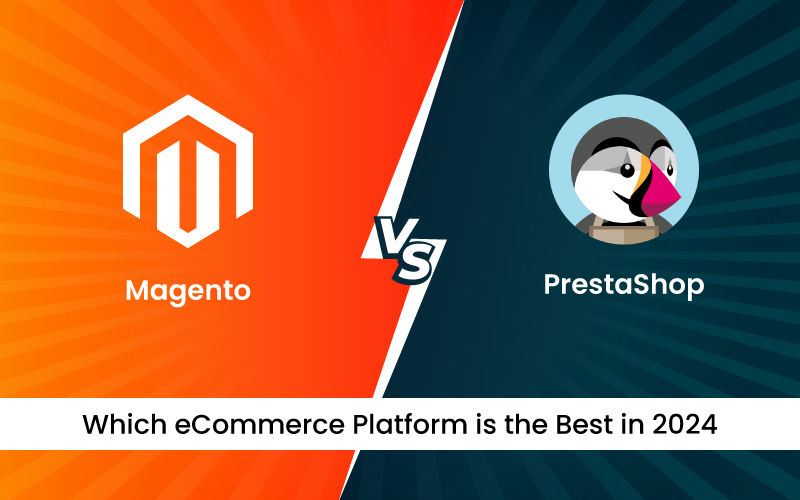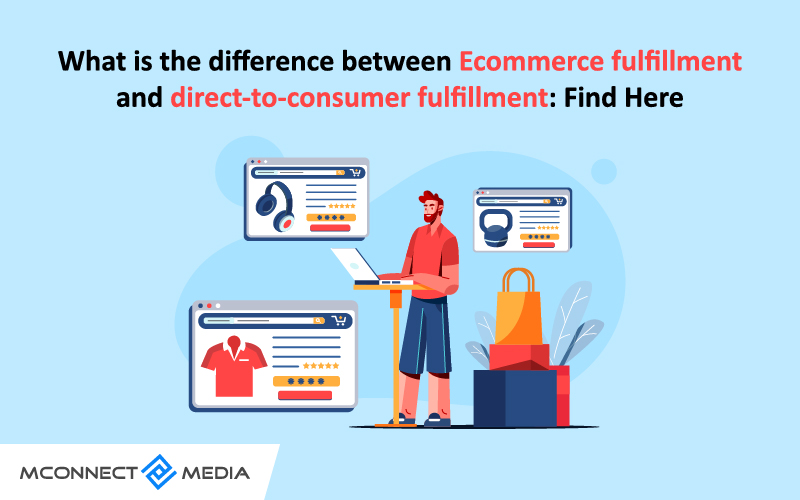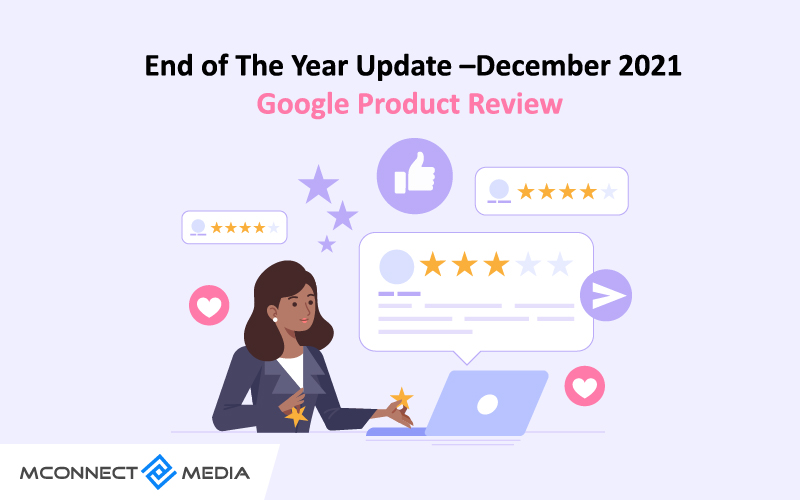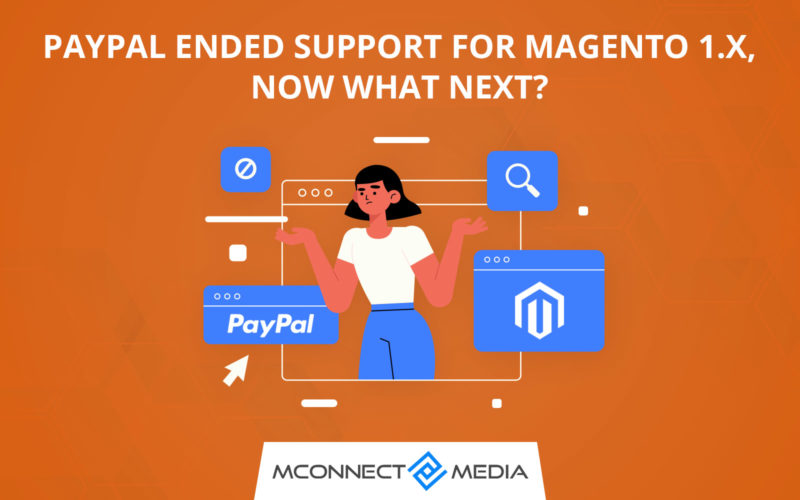Schema markup has become an integral part of the eCommerce product. It can significantly help product sales to skyrocket from the search engine result pages (SERP) itself. With Schema markup in place, you can differentiate your business from others even in the fierce competition on Google.
The question generally most marketers have is how much Schema markup impacts the SERP ranking, especially for eCommerce websites. Most eCommerce store owners aren’t capitalizing on Schema markup since things like product entities & reviews are so vital. So, we’d like to jump to the point to explain how and what Schema markup to use for eCommerce to boost sales.
But first, let’s get to know the importance of Schema markup.
Importance of Schema Markup Structured Data
Chances are you may have searched about a product, service, or business on Google and must have encountered several enhanced Google search results with rich snippets.
Rich snippets are nothing but structured data markup pulled together through semantic vocabulary like schema.org. Results embedded with structured data like rating, number of reviews, price, availability, etc. provide users more details about a particular product, service, or business as shown in the image above.
Such additional details are helpful in many ways. First, it helps to improve the Click-through Rate (CTR). And second, it helps search engines like google to interpret the contents on your site and present it to relevant search queries.
Google never promised to show rich snippets in search results and many eCommerce websites don’t optimize their store with Schema markup. However, this doesn’t mean that you shouldn’t invest in it. You must always seize the opportunity to provide more information than your competitors.
What Schema Markup to Use for eCommerce to Boost Sales
Choosing from a number of schema types & their properties is an overwhelming task. Schema.org offers a ton of options for different types of content. So, choosing the one that best fits your business type is crucial. And to make it simple for you, we’ve listed the most important Schema types for eCommerce websites. So, without further delay, let’s get started.
1. Organization:
This schema type is for the company to provide detailed information about them. Organization schema includes name, address, logo, social media handles, phone number, and others. Providing added valuable information is always helpful and useful to customers, still, be careful about it.
You must implement organization schema on only one page of your eCommerce website. Select the best-suited page on your website probably the Home/About/Contact Page and add relevant organization properties you can find. Here’s an example of the organization markup.
<script type=”application/ld+json”>
{
“@context”:”http://schema.org”,
“@type”:”Organization”,
“url”:”https://www.demo.com”,
“name”:”Demo Store”,
“logo”:”https://www.demo.com/logo.svg”,
“contactPoint”:[
{“@type”:”ContactPoint”,
“telephone”:”+X-XXX-XXX-XXX”,
“contactType”:”customer service”}
],
“address”:{
“addressCountry”:”Country”,
“postalCode”:”XXXXX”,
“addressRegion”:”Region”,
“addressLocality”:”Locality”}
}
</script>
Keep in mind that it works well for online stores. For offline stores, use the LocalBusiness Schema type.
2. BreadcrumbList:
Adding BreadcrumbList schema markup is a straightforward process. And you must always add these type of structured data to your eCommerce website to provide details about site architecture for users and search engines both.
The majority of eCommerce websites on the internet have utilized & implemented the BreadcrumbList Schema. However, not all the implementations of this schema markup are correct. The most common issue among others is not adding the page you’re currently on – the final page – to the ItemListElement.
Here’s an example of a BreadcrumbList markup.
<script type=”application/ld+json”>
{
“@context”: “http://schema.org”,
“@type”: “BreadcrumbList”,
“itemListElement”:[
{
“@type”: “ListItem”,</p>
“position”: 1,
“item”:
{
“@id”: “https://demo.com/mobile”,
“name”: “mobile”
}
},
{
“@type”: “ListItem”,
“position”: 2,
“item”:
{
“@id”: “https://demo.com/mobile/android”,
“name”: “android”
}
}
]
}
</script>
3. ItemList:
From here, things start to get exciting. The freshers in the eCommerce SEO game will start to wonder why to use such a basic type of schema markup that does not provide any additional details? Simply because Google guidelines state that product markup is not allowed on the category level.
There are many other different schema types to use on product listing pages. However, ItemList is our favorite. Using this schema, you can showcase the range of products without coming under Google’s radar.
Such an approach is called carousel structured data where summary pages are represented by category pages. But bear in mind that regardless of the schema markup used for product listing pages – it must not give out as many details as the product page.
4. Product:
For a moment, let’s assume that there are multiple product types visible in your catalog. And if you don’t want all those products to appear in the Google Shopping feed, then you have to implement a different schema.org strategy for each type of product. Be aware that for two different product types, only one page should display product information in schema markup.
Product markup enables automatic updates in the Google Merchant Center. So, your structured data schema markup must match with the feed data for different product pages.
5. Website:
Ecommerce websites hugely rely on the search functionality of the website for consumers to discover products. To simplify the search functionality, you can add Sitelink search box structured data that allows users to search for products directly from the SERP.
eBay and other sites have implemented such website structured data into their eCommerce website.
How to Add Schema Markup?
First, decide what format to use. The most common and preferred one is JSON-LD. With a little attention, it’s simple to use, and search engines also prefer JSON-LD format.
Once the format is decided, markup implementation can be done using a third-party extension or lugin. Our Magento 2 Google rich snippet extension provides nine different sets of rich snippets markup which Magento 2 store owners can implement right away. You can contact our team if you require to add more such structured data.
Summary
So, in a nutshell, these are the most important schema markups eCommerce store owners must use. Google never promised that implementing structured data will impact your ranking and thus we can’t promise such a thing as well. But we can surely say that doing so won’t go in vain. We are positive that using the above-mentioned schema markup will help to boost the sales for your online business.














